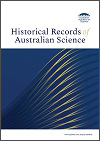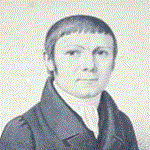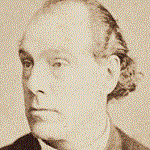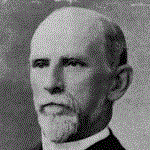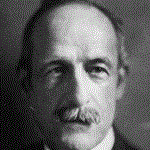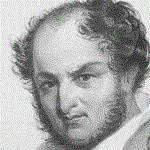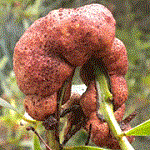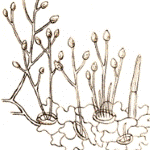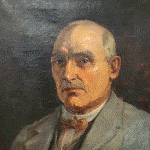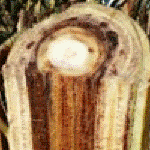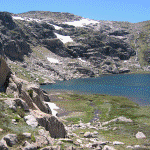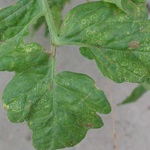
Tomato spotted wilt virus (TSWV) is one of the most economically important viruses in the world. Before it became a global problem, it devastated tomato crops in Australia. This paper describes how TSWV was identified and biologically characterised by Australian scientists at a time when few techniques existed to detect the virus. It is a remarkable story of human endeavour by a small team of people working in academic isolation.
HR23015 Abstract | HR23015 Full Text | HR23015PDF (4.2 MB) | HR23015Corrigendum (4.3 MB) Open Access Article


